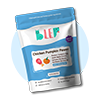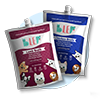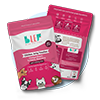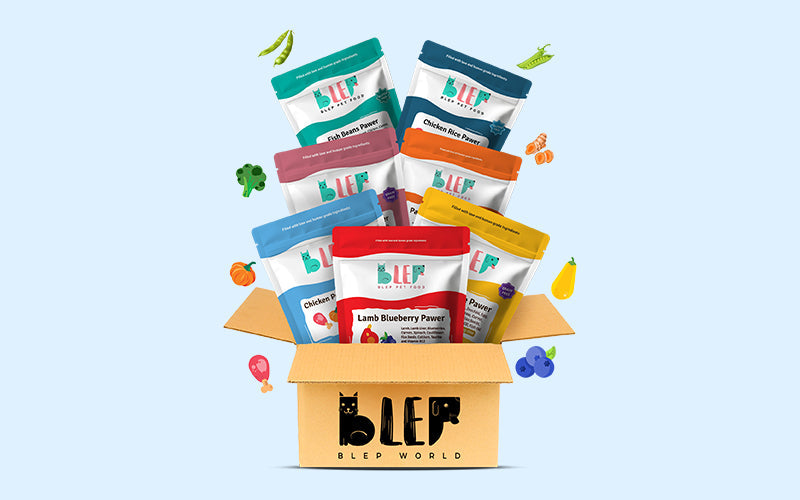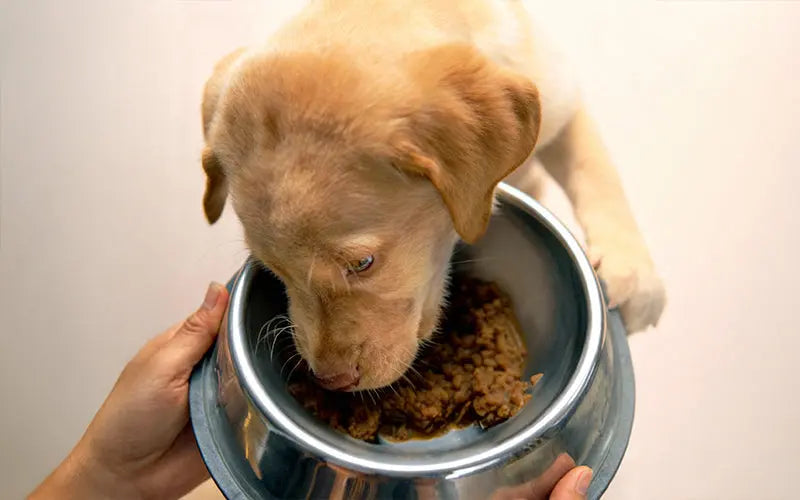Does air pollution affect dogs in the same way as humans?
Yes, absolutely. The effects of air pollution are extremely negative on dogs, just like on humans. In fact, air pollution may affect dogs worse than humans! They are closer to the ground, breathing in the extra dust and particulate matter that tend to settle near the ground. Their breathing rate is also higher than humans, pushing in these pollutants further into their system. When they are exposed to excessively polluted air, they are prone to reactions like coughing, wheezing, nasal discharge, red or watery eyes, skin irritation, etc. Prolonged exposure can lead to some serious illnesses as well.
What problems does air pollution cause in dogs?
Air pollution causes many of the same diseases in dogs as it does in humans. The effects may be temporary, or they may turn chronic with repeated exposure. Here are some health issues in dogs that get triggered by air pollution:
Respiratory distress: Respiratory problems like coughing, wheezing, shortness of breath, nasal discharge, etc. are common when dogs encounter air pollution. If they are in contact with polluted air for too long, this can even turn into asthma. Dogs’ internal tissues are even more sensitive than humans, so they get inflamed more easily. Breeds with shorter noses, like Pugs and Shih Tzus, are especially vulnerable.
Weak immune systems: Exposure to air pollution, especially particulate matter or VOCs, can slowly weaken and even damage dogs’ immune systems. It can make them vulnerable to various illnesses and infections. Pollutants can enter the upper respiratory tract of dogs and cause oxidative stress and inflammation. This inflammation may gradually render other immune responses ineffective, as the tissues become hyperreactive, causing bronchitis, asthma, or even lung cancer.
Fertility problems: Air pollution is so pervasive that it can even cause issues with fertility. In male dogs, air pollutants, especially fumes from petrol and diesel, can cause a decline in sperm and semen quality. It may cause imbalances of hormones associated with reproduction, such as testosterone, follicle-stimulating hormone (FSH), and luteinising hormone (LH).
Lung cancer: At the worst stage of prolonged exposure, air pollution can cause lung cancer in dogs, just like in humans. When dogs continue to inhale polluted air with particulate matter and dust, their lungs start accumulating black carbon particles. This almost doubles the risk of lung cancer in dogs.
Skin allergies, infections, and irritations: The effects of pollutants on skin can be very uncomfortable and painful. When dogs go outside in polluted air, dust particles and pollutants settle onto the skin and paws. This can then cause itching, rashes, and skin inflammation. Dogs tend to excessively scratch and lick their skin when it's irritated, and such behaviour may further cause infections.

Signs of air pollution exposure in dogs
Dogs have smaller bodies but higher breathing rates, so they breathe in more pollutants relative to their body sizes than humans. Prolonged exposure to air pollution can manifest itself in a number of ways in dogs:
-
Constant coughing, sneezing, or wheezing
-
Breathing too quickly or shortness of breath
-
Runny nose or nasal discharge
-
Fatigue or reluctance in doing physical activity
-
Eyes that are red, watery, or irritated
-
Low mood, lethargy, and reluctance to eat
-
Low oxygen levels, indicated by pale or bluish gums
How to protect dogs against air pollution?
Just like in humans, there are a number of precautions that can be taken to protect dogs against pollution. This, of course, involves protection gear that physically keeps dogs from getting exposed to pollution. But, apart from that, there are also dietary ways in which you can help your dog combat the effects of pollution.
Protection from the outside in:
Limiting outdoor activities: When the AQI is high, avoid taking your pets outside, especially in a congested or traffic-heavy area. Traffic fumes can be extremely harmful to your pet, so wait for quieter hours with better AQI levels for walks and physical activities. Take them out for shorter, more frequent walks or bathroom breaks.
Install an air purifier at home: During heavy pollution and smog, dogs will spend a lot of time indoors. So, make sure that the doors and windows of your house are shut tight. After that, you can use an air purifier to treat the indoor air, especially one with a HEPA filter. Avoid smoking or burning candles or incense indoors, as these can also trigger allergies.
Use a doggy pollution mask outside: When going outdoors, invest in a good anti-pollution mask for your dog. Nowadays, these are widely available and fairly affordable. These will filter out some of the particulate matter and help your pup breathe better.
Cleaning coat and paws after every outdoor visit: Pollutants can stick to your pup’s fur and paws, especially if they are a long-coated breed. So, after every walk or outdoor time, make sure that you wipe down your dog’s coat with a soft cloth or a pet-safe wipe. This will also decrease the chance of skin allergies.
Protection from the inside out:
Feed an antioxidant-rich, anti-inflammatory diet: Immunity has a huge role to play in fighting against air pollution. So, a diet that supports immunity then becomes crucial when pollution levels are high. Introduce good sources of antioxidants in your pup’s diet, such as blueberries, carrots, sweet potatoes, chia seeds, fish oil, etc. This reduces oxidative stress. You should also give them an anti-inflammatory diet to ease some of the reactions in the body.
Keep them well-hydrated: Water is a natural lubricant that flushes out various impurities from the body, including pollutants. Therefore, keeping your pup hydrated is very important when pollution is high. Make sure they have access to clean water everywhere and they don’t drink polluted water from outdoors. Water can also thin out mucus, helping your dog breathe better.

How to keep dogs entertained indoors?
In case pollution is high, dogs are likely to stay indoors for extended amounts of time. This can be a time marked with boredom and restlessness, especially for larger, active breeds. So, here are some ways you can keep your dog entertained indoors:
-
Give them a puzzle mat treat dispenser. These can last a while, stimulate their brain, and also provide them with snacks from time to time.
-
Create indoor obstacle courses if you have the space. This can bring a semblance of exploration back into their lives, which they would do outdoors.
-
Engage in teaching some new tricks when you’re spending your time indoors with them. This will alleviate boredom and also foster a closer bond.
-
If you can close your windows properly, your dogs can pass the time window watching. Make a cosy spot for them beside a window so they can relax and keep an eye outside.
-
Cuddle your puppy lots and give them attention whenever you can. Take this time to strengthen your bond, so they associate staying indoors with quality time by your side.

Looking to explore more tips on how to look after your furry friend? Check out our other guides like Can Dogs Eat Apples?, Can Dogs Eat Blueberries?, Dog Food for Weight Loss, Raw v/s cooked meat for dogs, Home Remedies to cure tick fever, Finding Good Dog Food in India, How many times should I feed my dog?, Things you should do to keep your pet healthy, Types of Dog Food, How Prebiotics and Probiotics can improve your dog's digestion, Essential Tips for a New Dog Parent, What Are Kibbles for Dogs and How Are They Harmful? and others. Each guide is designed to help you make better food and care choices for your dog, to keep them happy, healthy, and thriving.
Resources:
https://indianexpress.com/article/lifestyle/pets-animals/air-pollution-impact-your-pets-9677899/
https://airly.org/en/how-does-air-pollution-affect-animals-6-deadly-effects/
https://www.zoetispetcare.com/blog/article/effects-air-pollution-pets
https://dccpets.in/pet-care-blog/how-to-protect-your-pets-from-delhi-s-air-pollution

